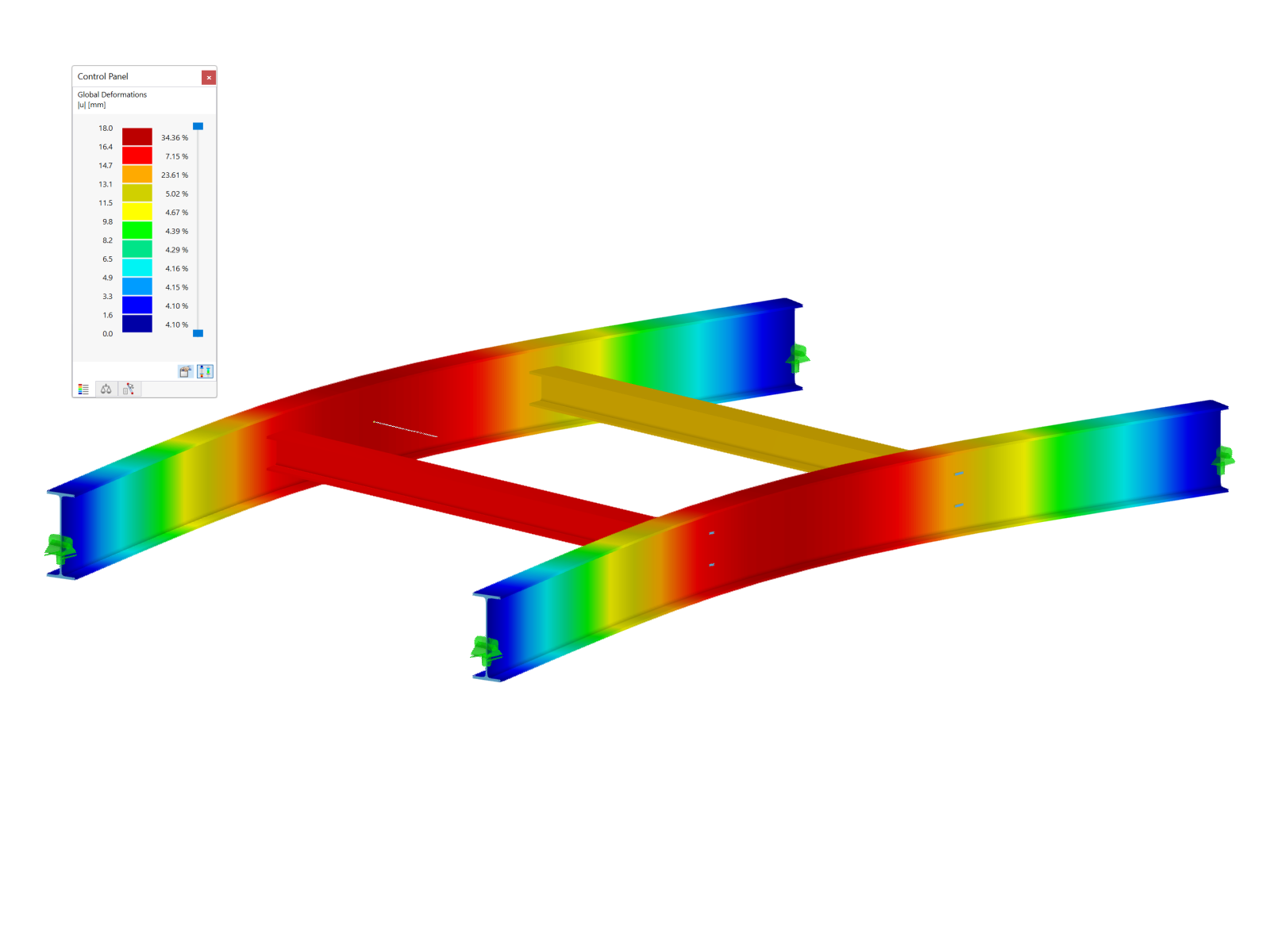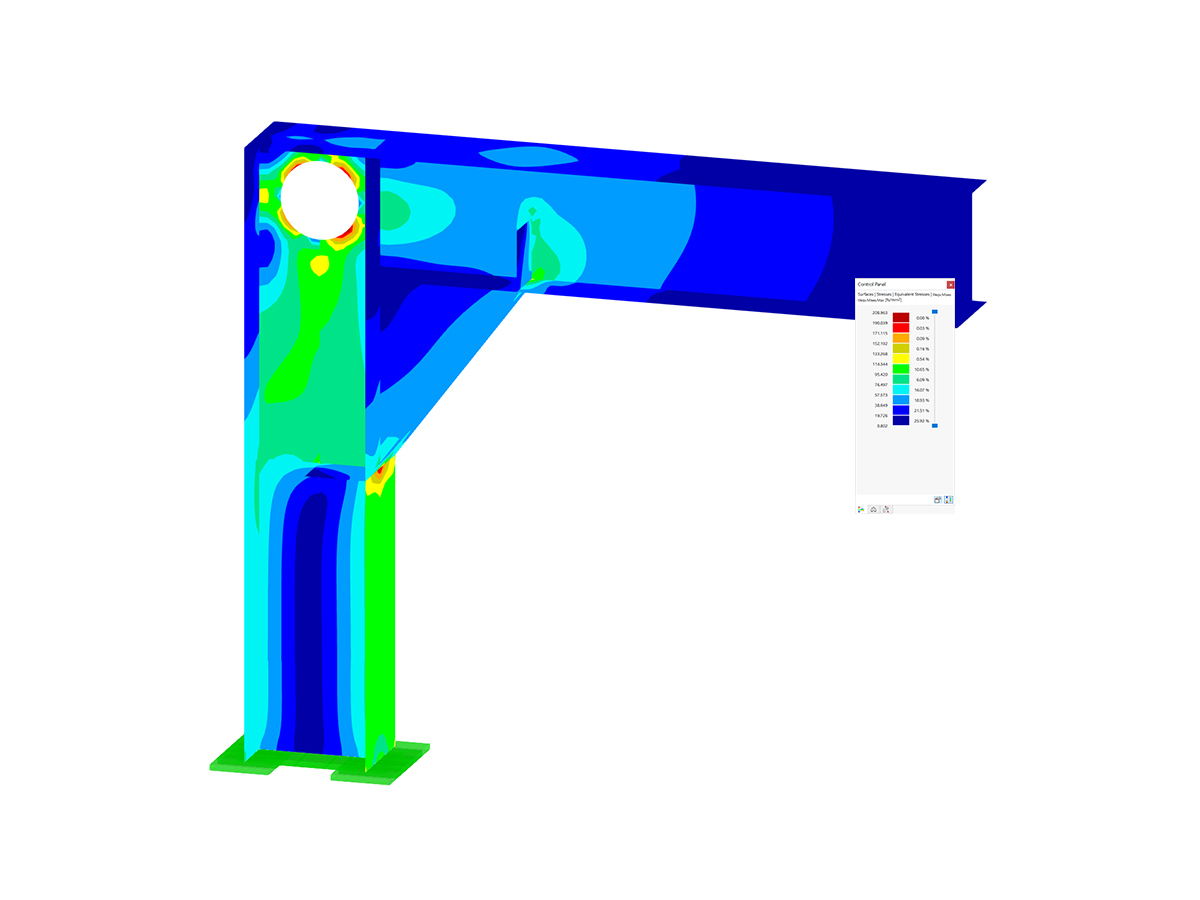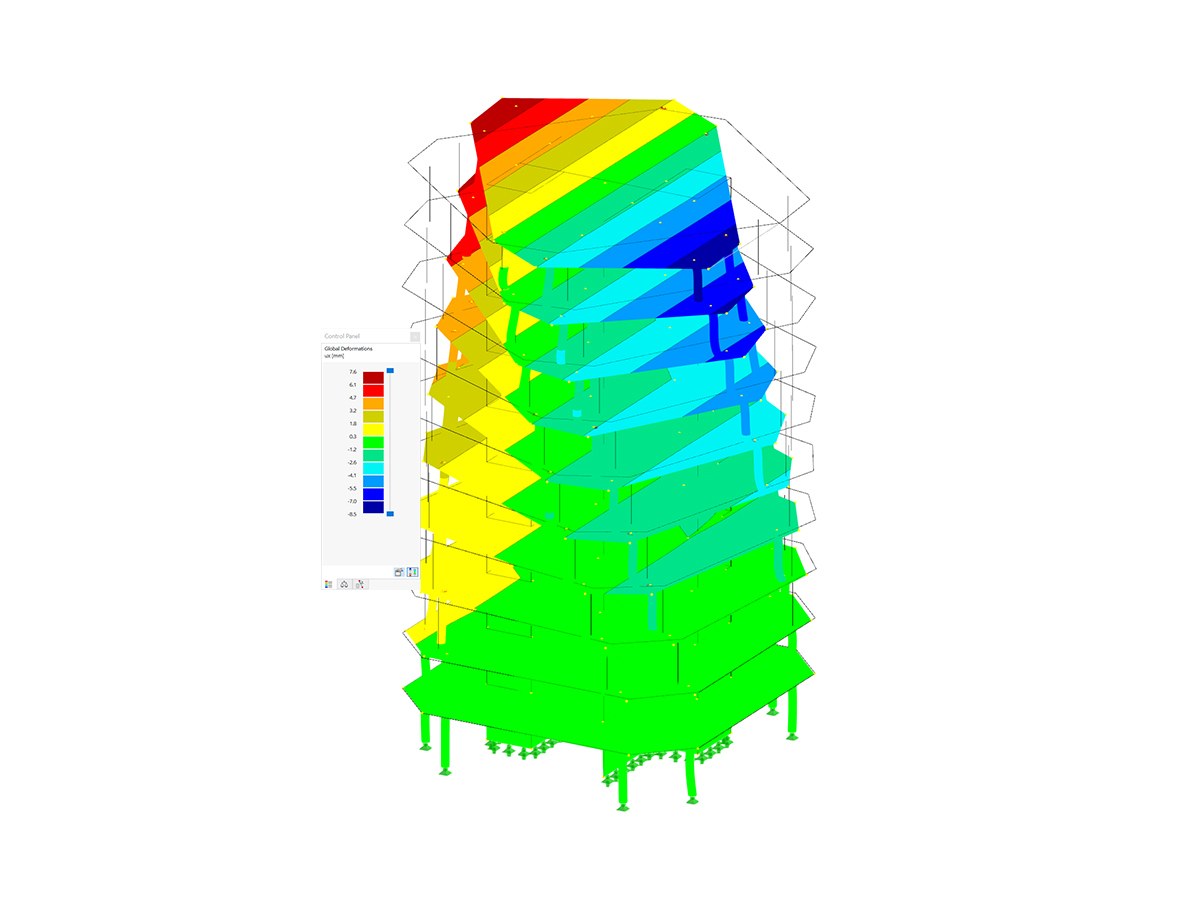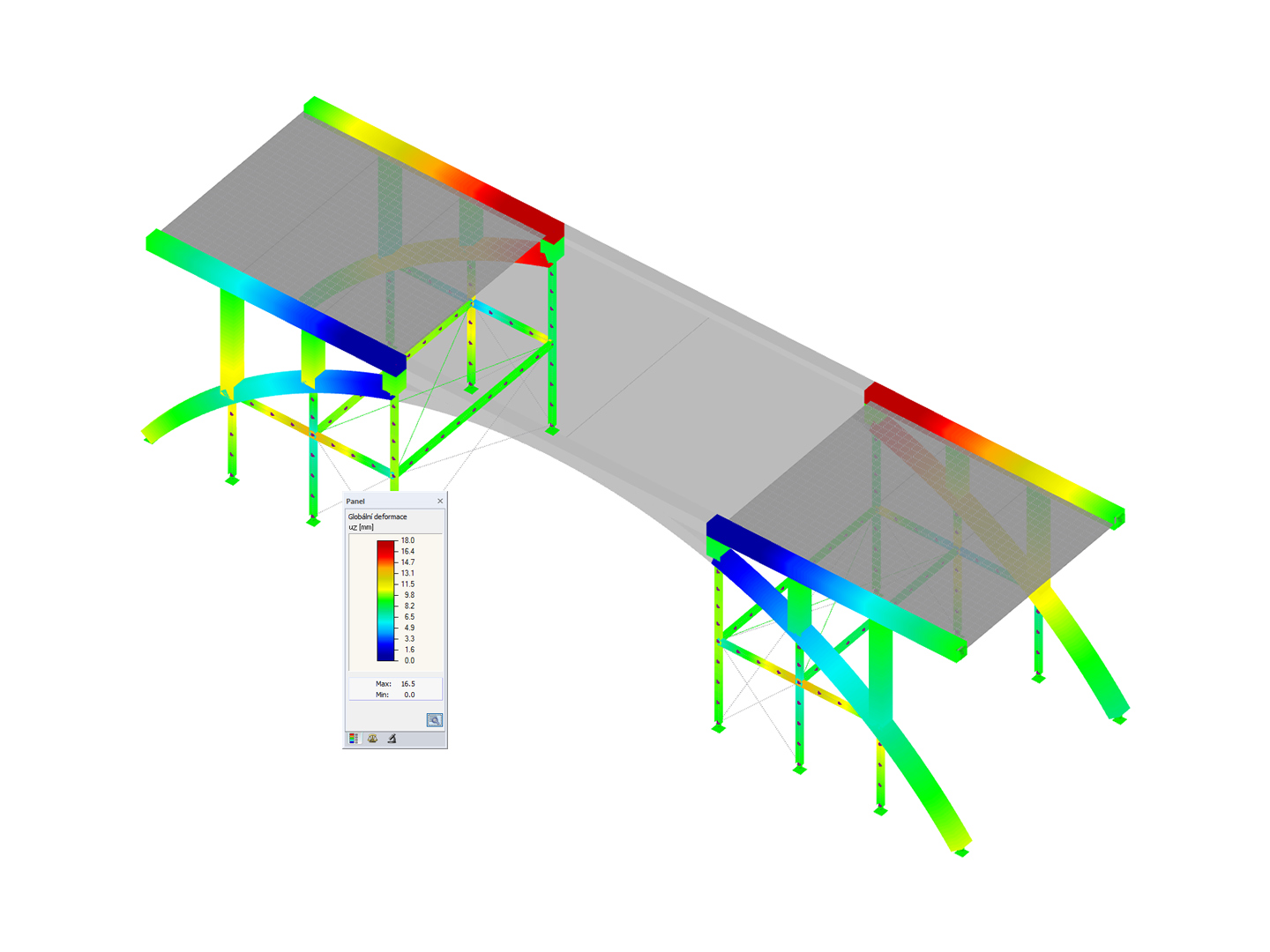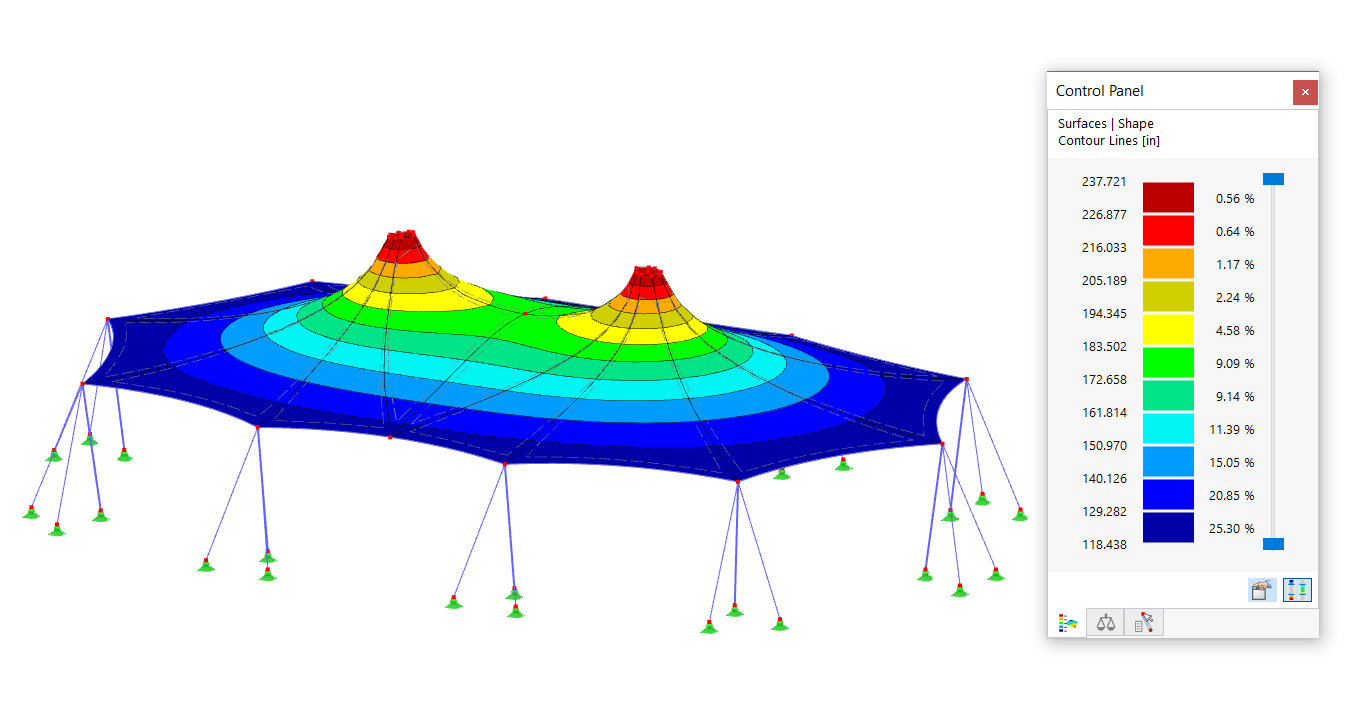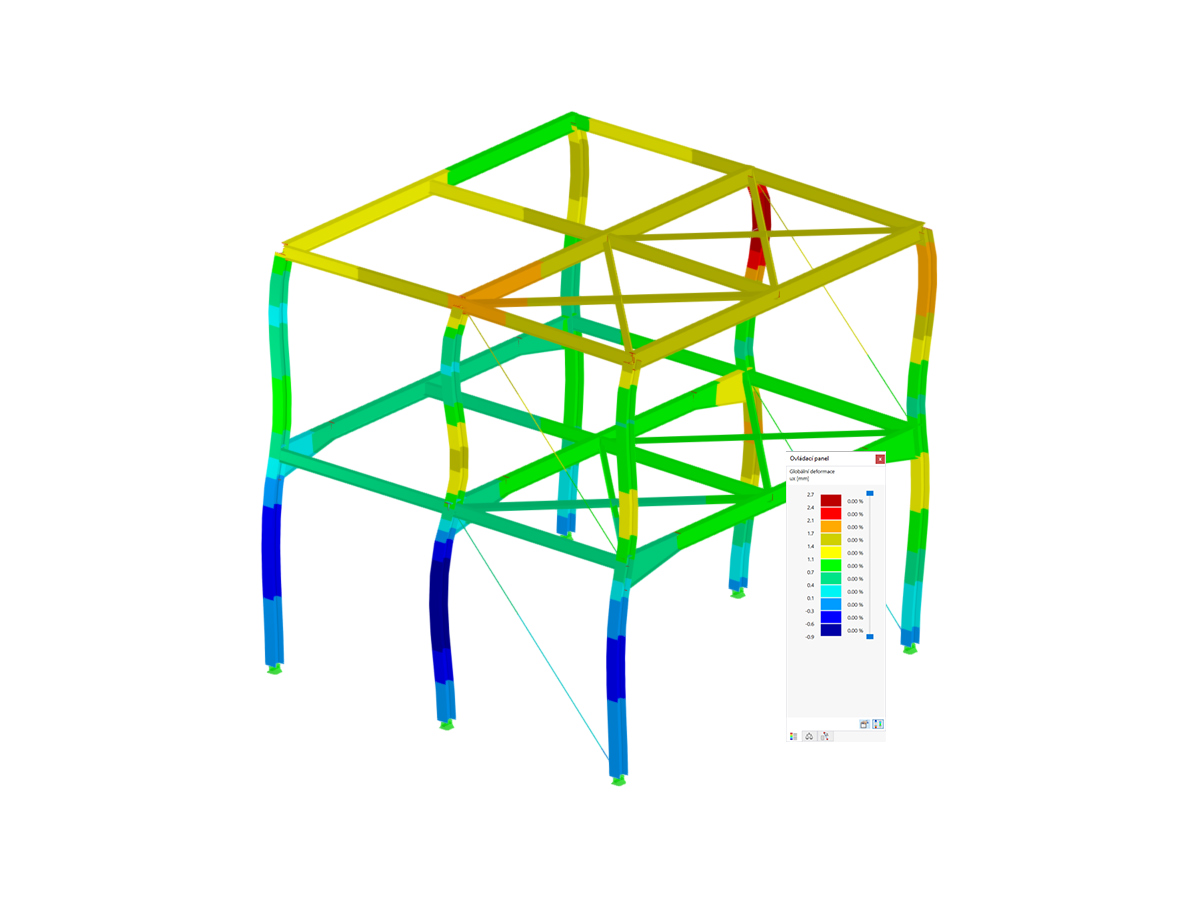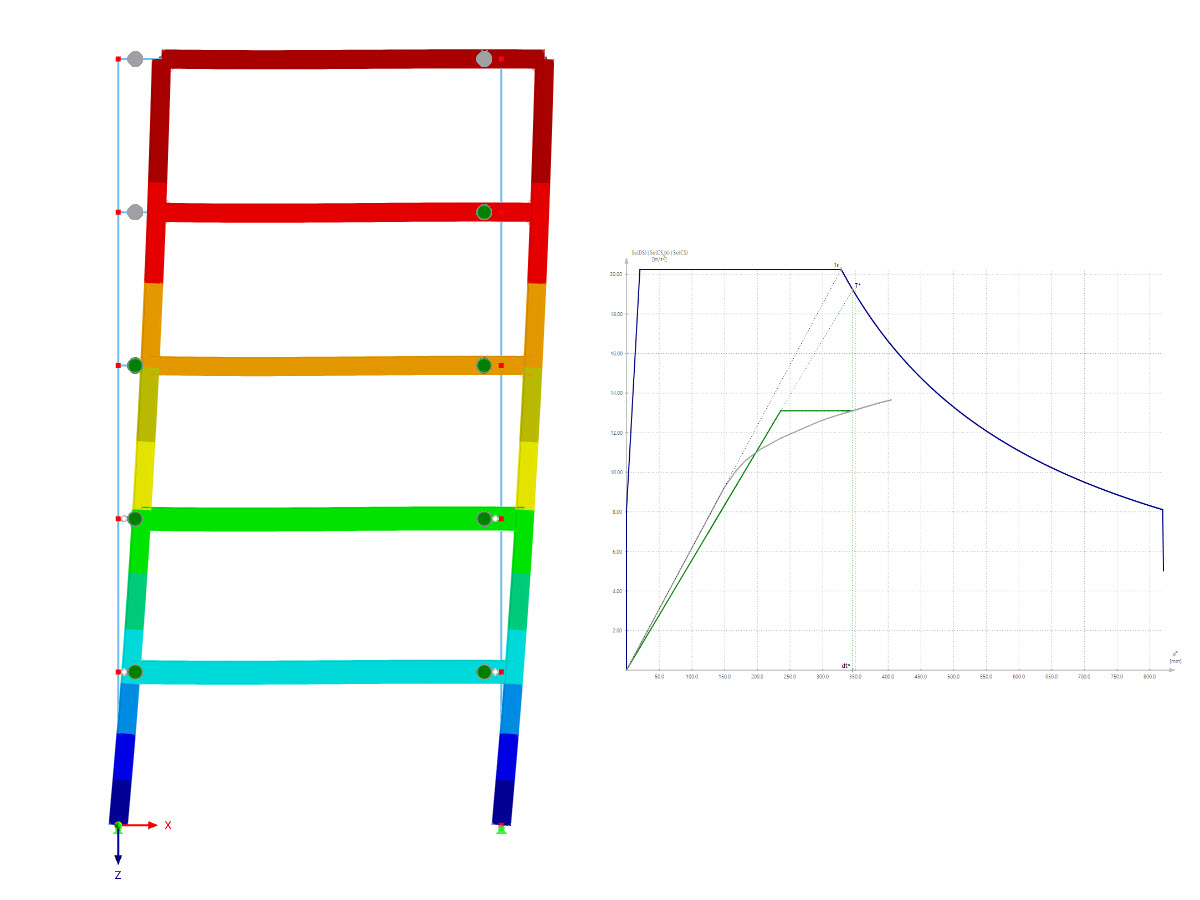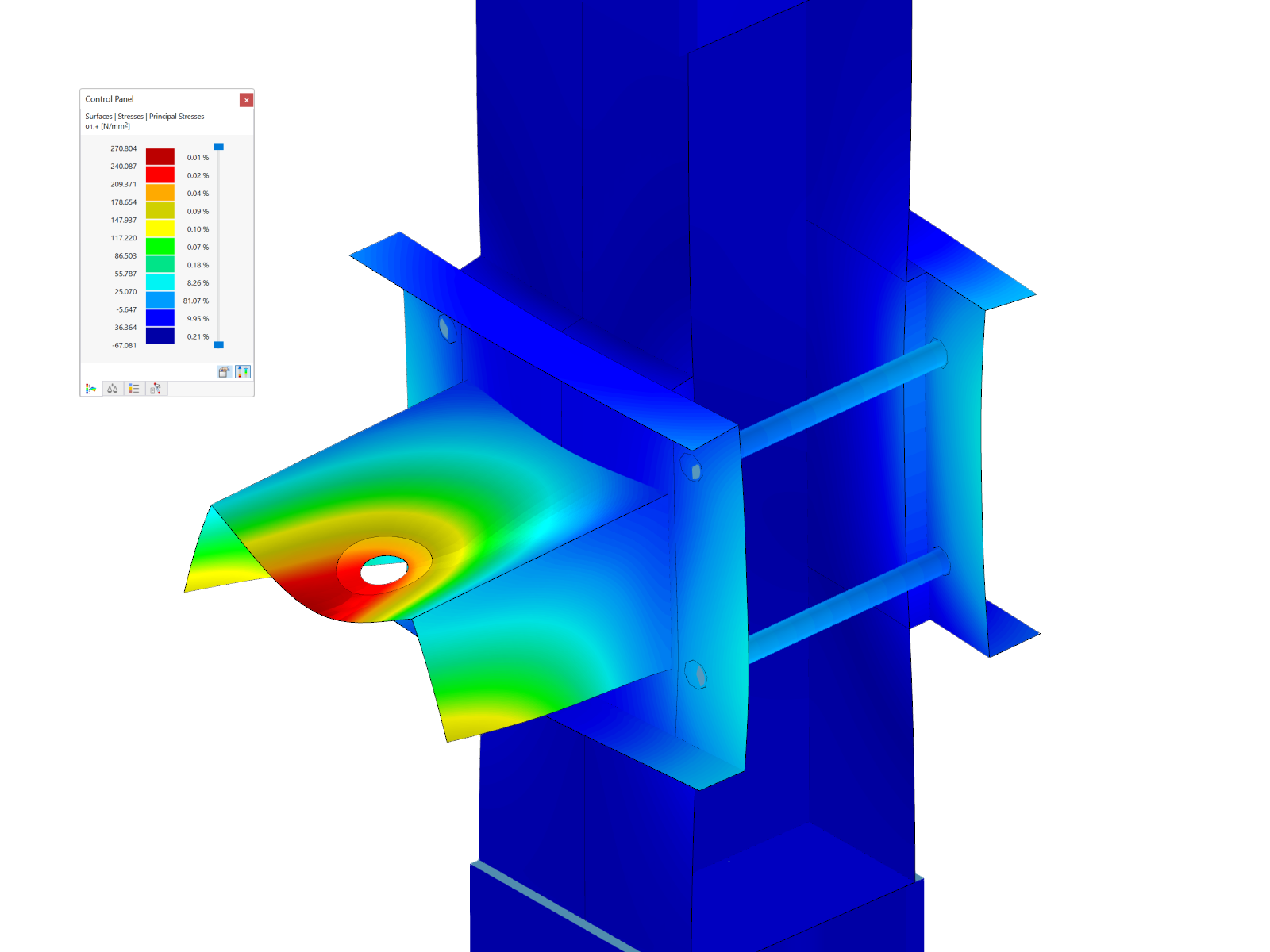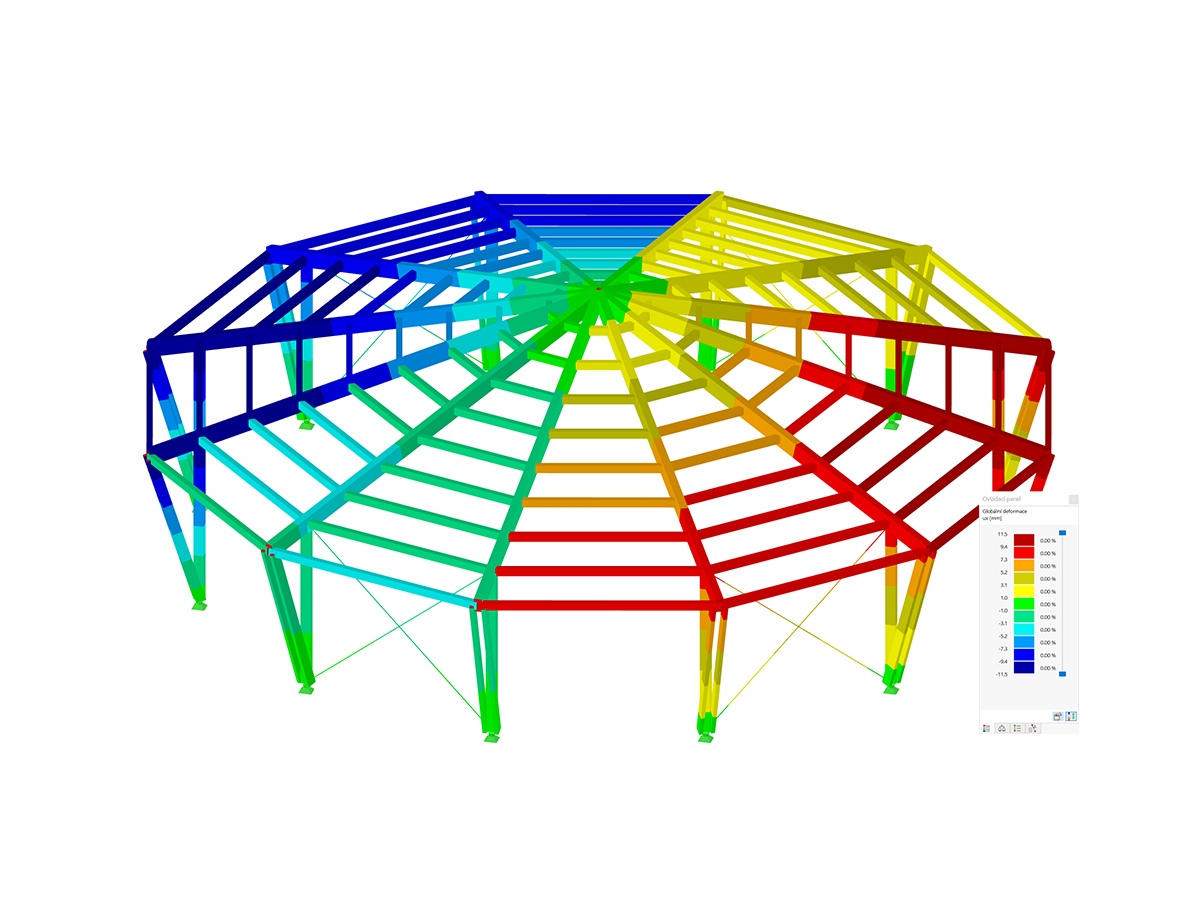The surface model illustrates the determination of wind loads on rectangular building structures by using the wind speed and turbulence intensity specifications. The gust concept is explained and both quasi-static wind loads and peak and mean wind speeds are taken into account. Wind pressure fluctuations and drifts are displayed in detail. This model provides a practical basis for analyzing wind-related effects on building structures.
| 5 star | ||
| 4 star | ||
| 3 star | ||
| 2 star | ||
| 1 star |
Surface Model of Wind Pressure Distribution
| Number of Nodes | 206 |
| Number of Lines | 28 |
| Number of Surfaces | 10 |
| Number of Solids | 1 |
| Number of Load Cases | 1 |
| Total Weight | 70227,650 t |
| Dimensions (Metric) | 21.000 x 14.025 x 30.375 m |
| Dimensions (Imperial) | 68.9 x 46.01 x 99.66 feet |
| Program Version | 5.23.02 |
You can download this structural model to use it for training purposes or for your projects. However, we do not assume any guarantee or liability for the accuracy or completeness of the model.

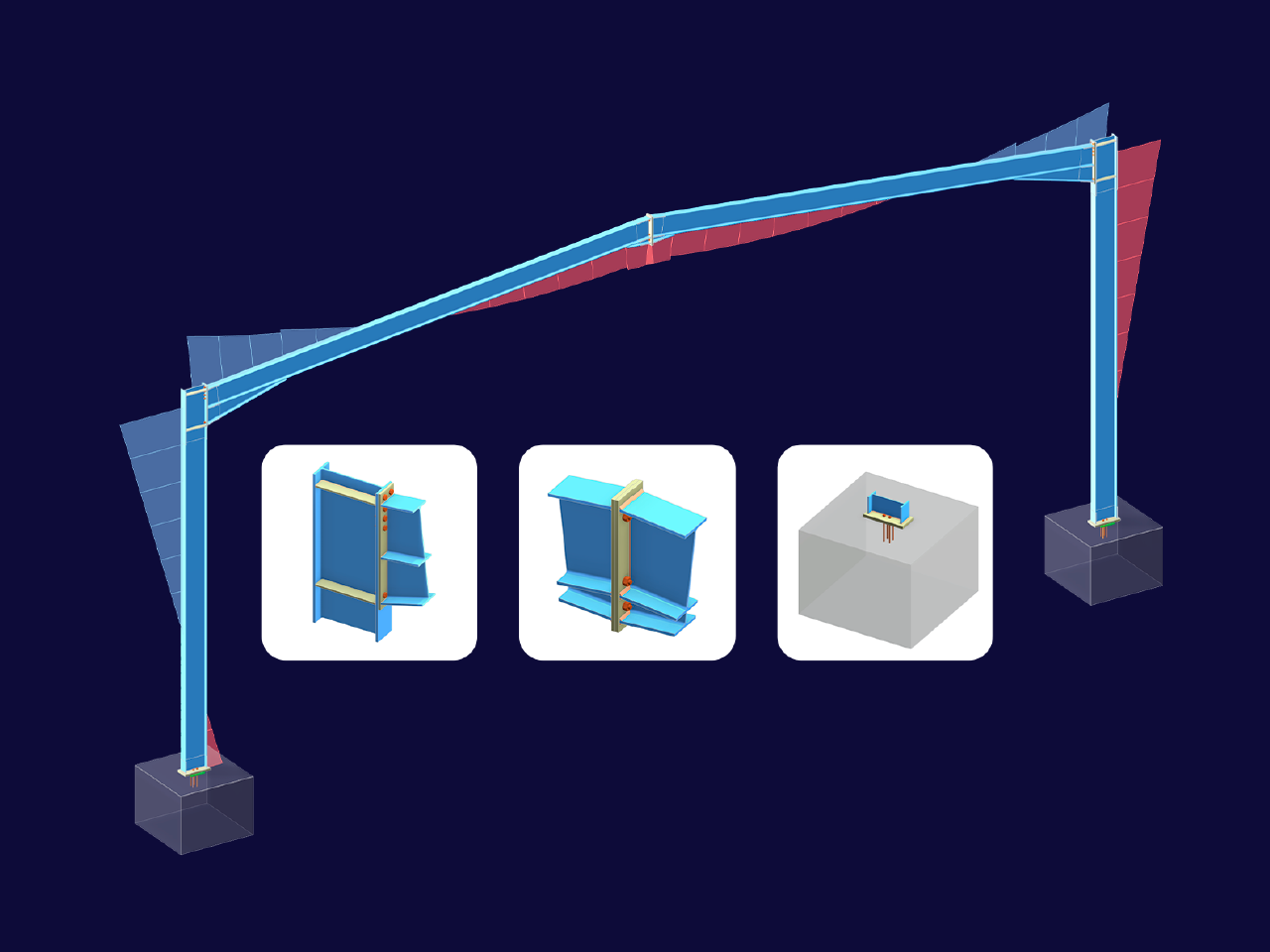
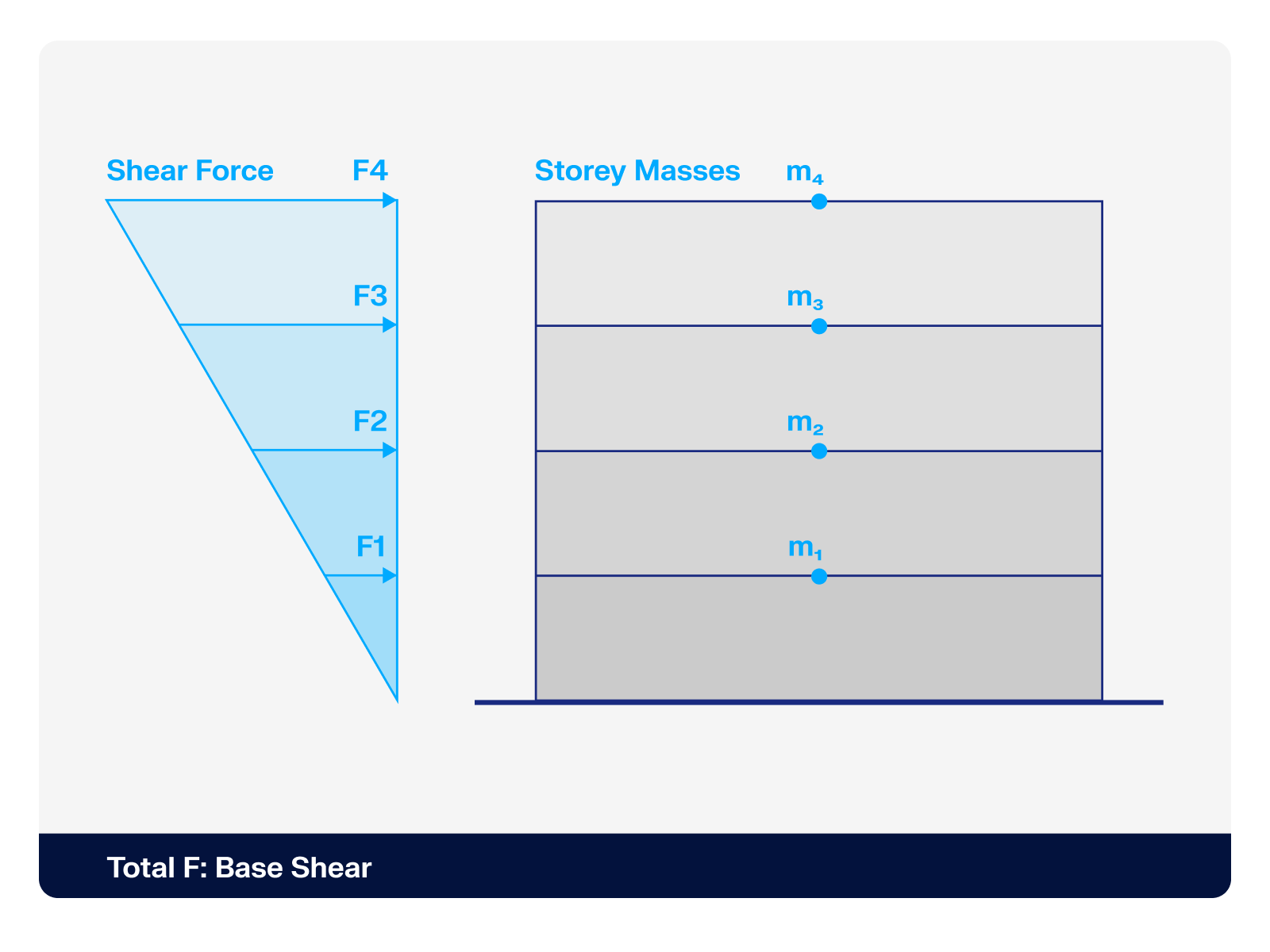.png?mw=512&hash=4a84cbc5b1eacf1afb4217e8e43c5cb50ed8d827)
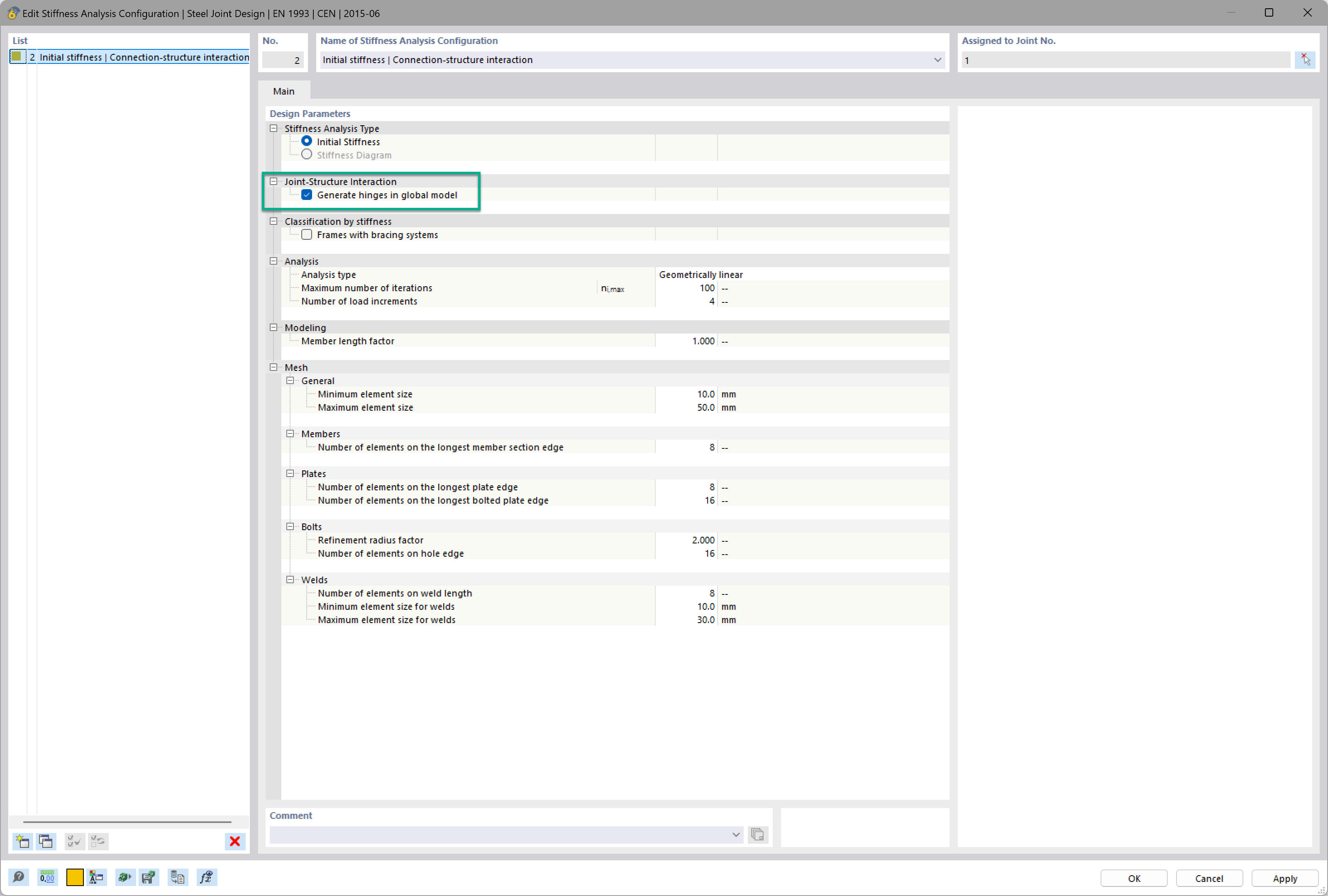
Want to automatically consider steel joint stiffness in your global RFEM model? Utilize the Steel Joints add-on!
Activate joint-structure interaction in the stiffness analysis of your steel joints. Hinges with springs are then automatically generated in the global model and included in subsequent calculations.
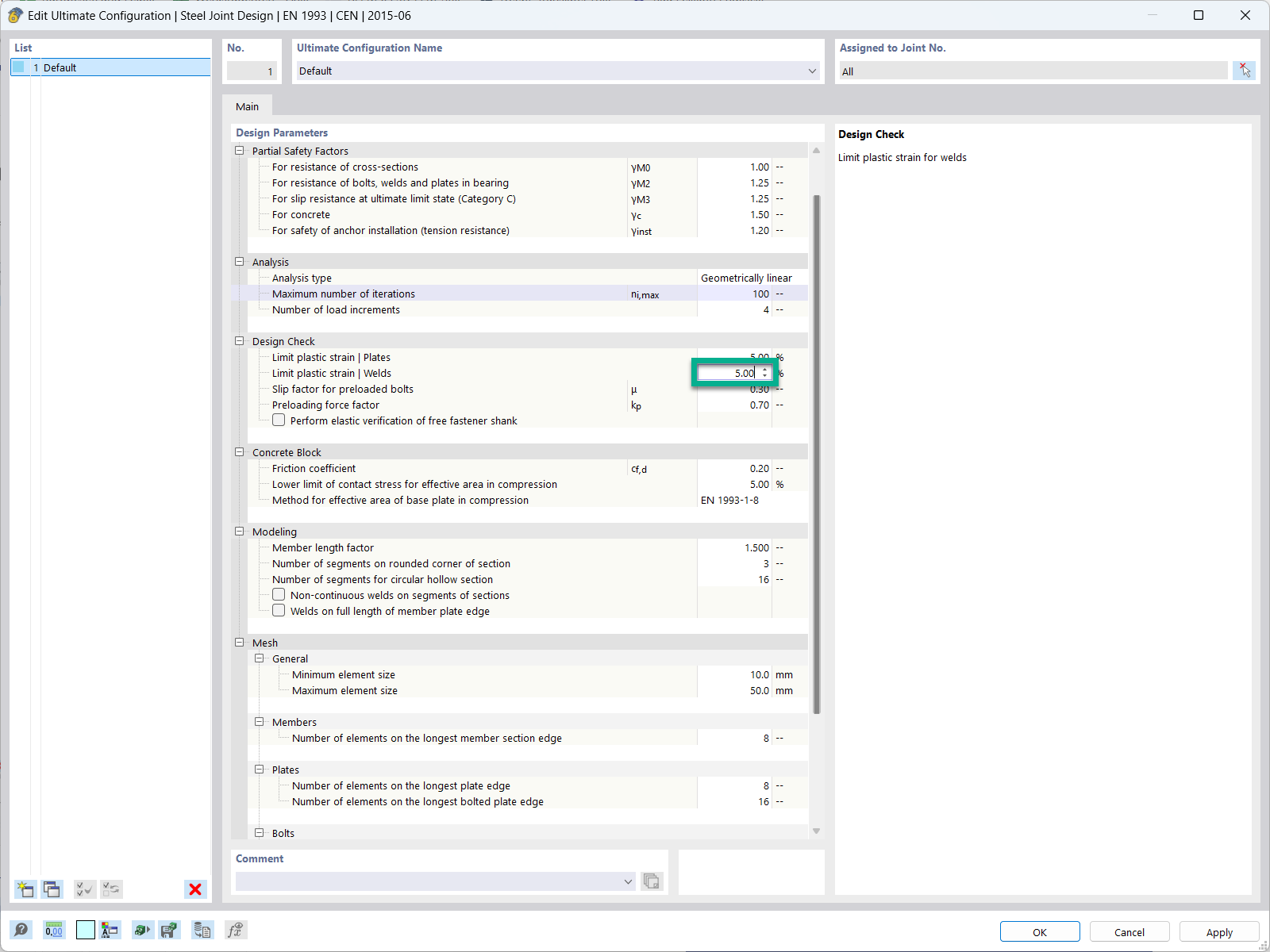
In the ultimate configuration of the steel joint design, you have the option to modify the limit plastic strain for welds.
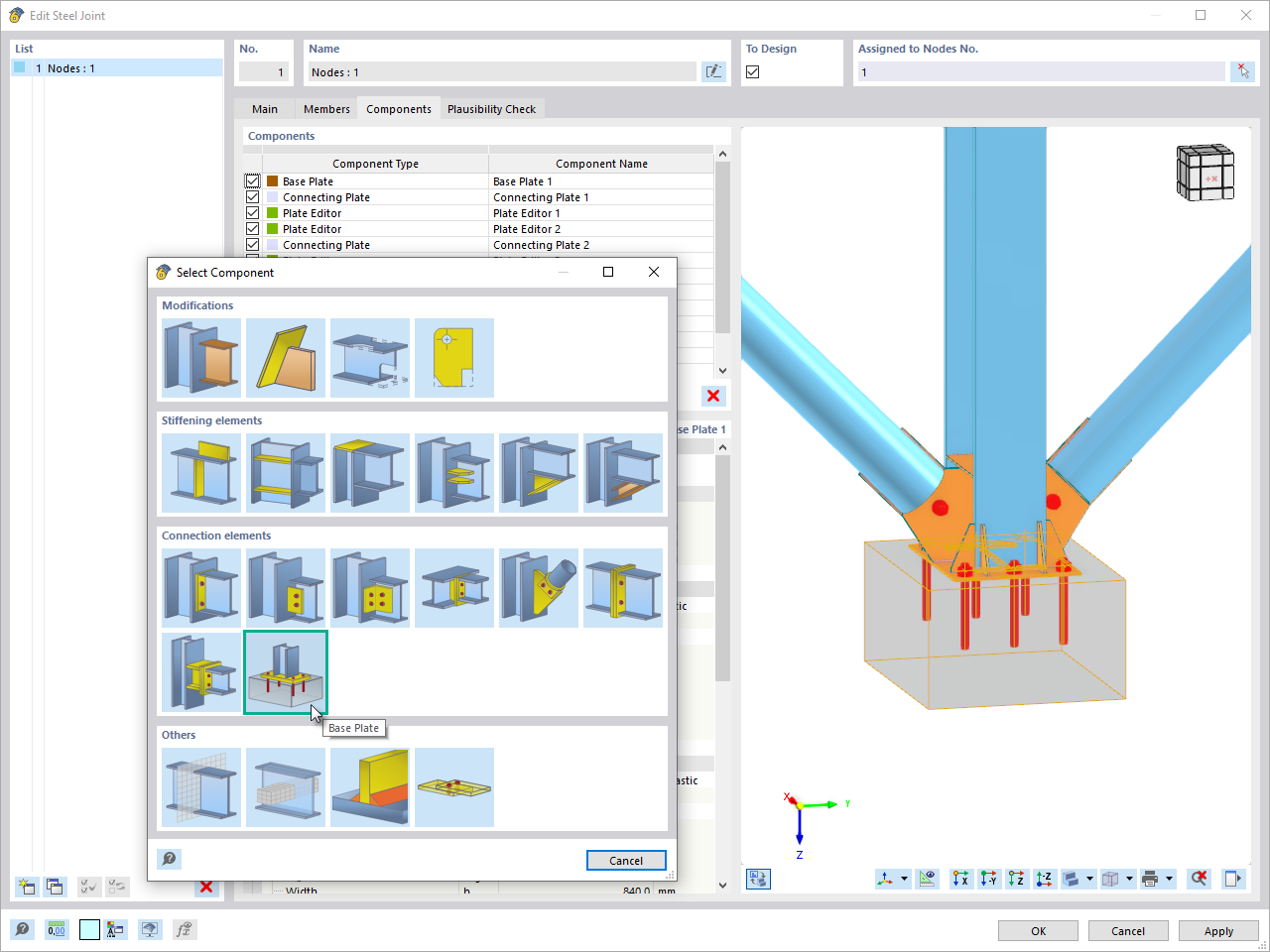
The "Base Plate" component allows you to design base plate connections with cast-in anchors. In this case, plates, welds, anchorages, and steel-concrete interaction are analyzed.
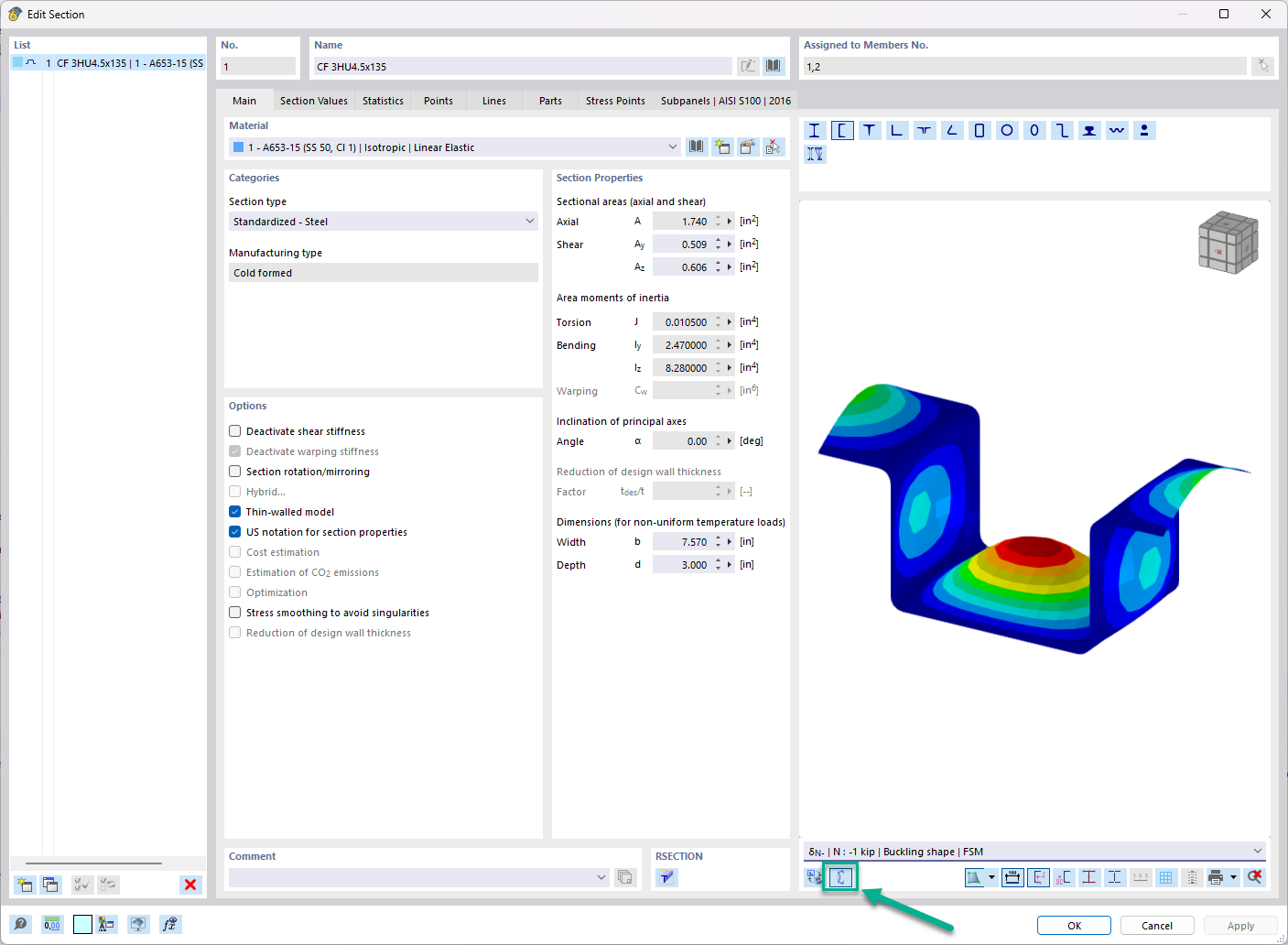
In the "Edit Section" dialog box, you can display the buckling shapes of the Finite Strip Method (FSM) as a 3D graphic.




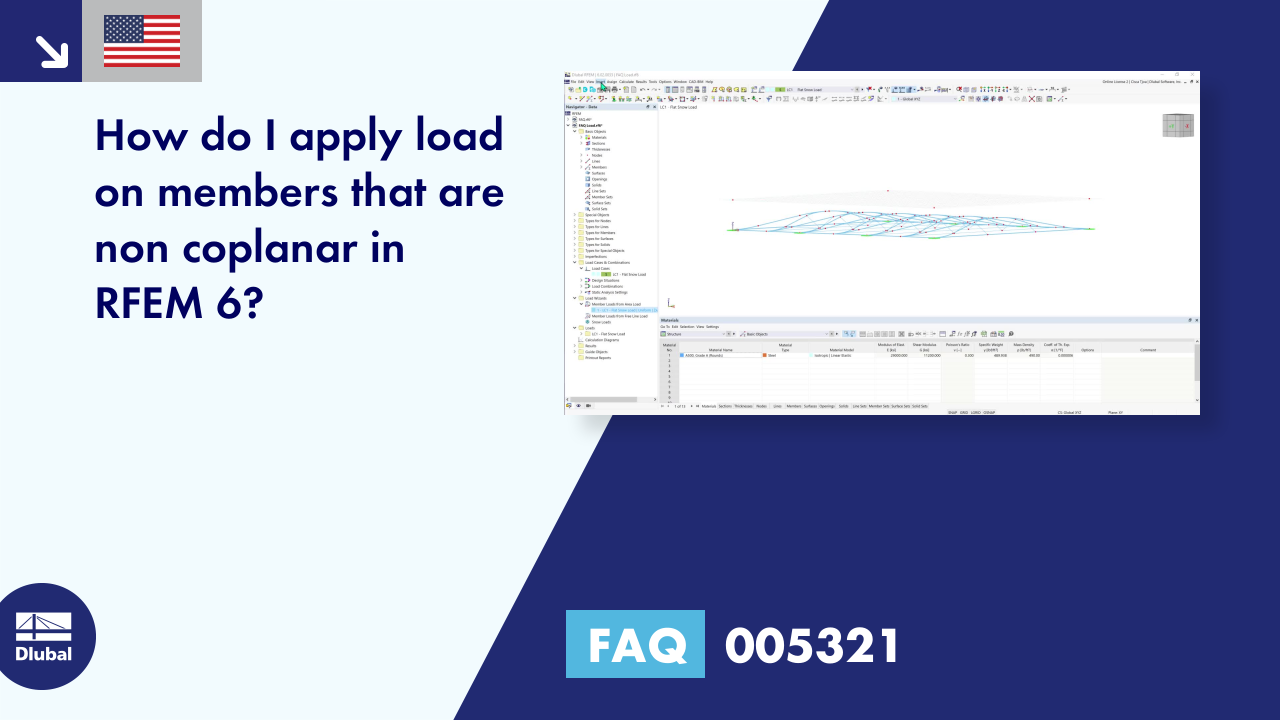




























_1.jpg?mw=350&hash=ab2086621f4e50c8c8fb8f3c211a22bc246e0552)




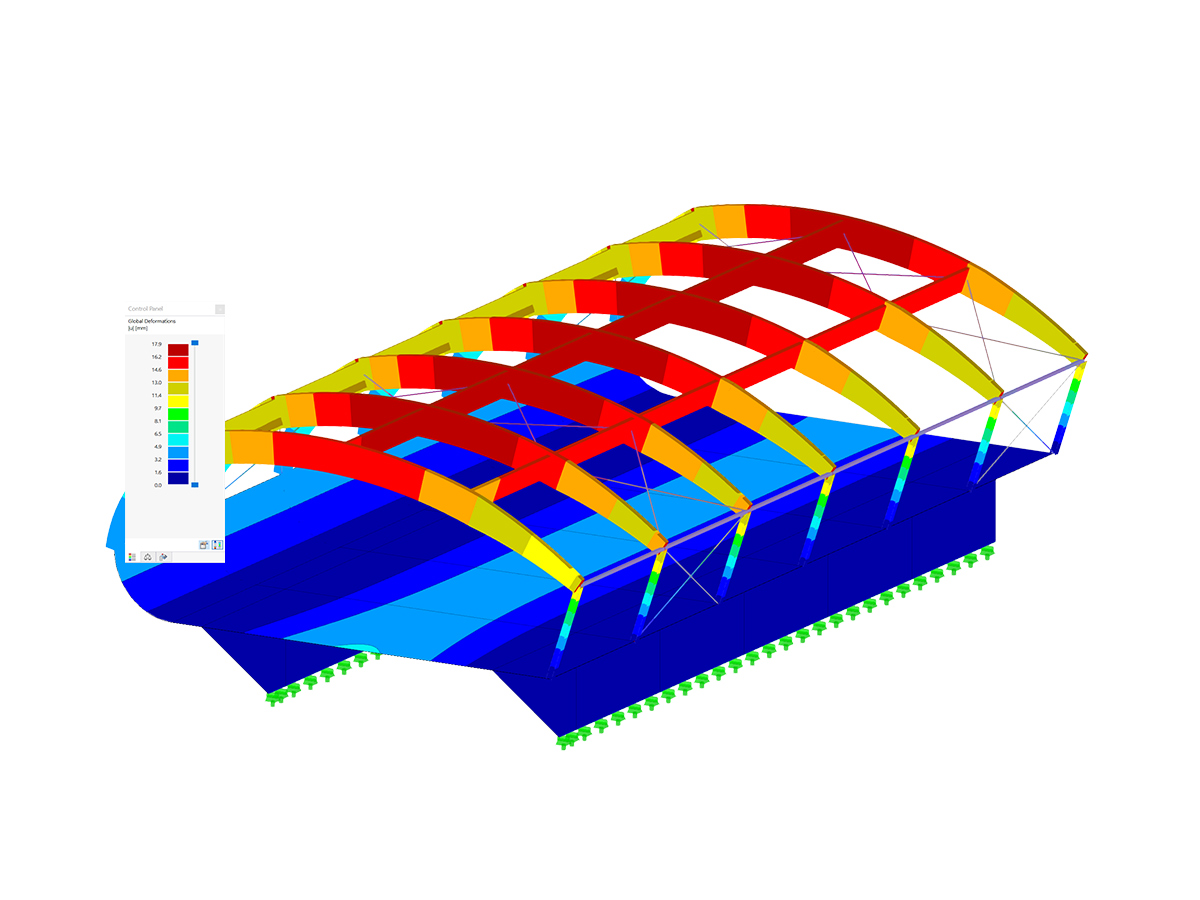
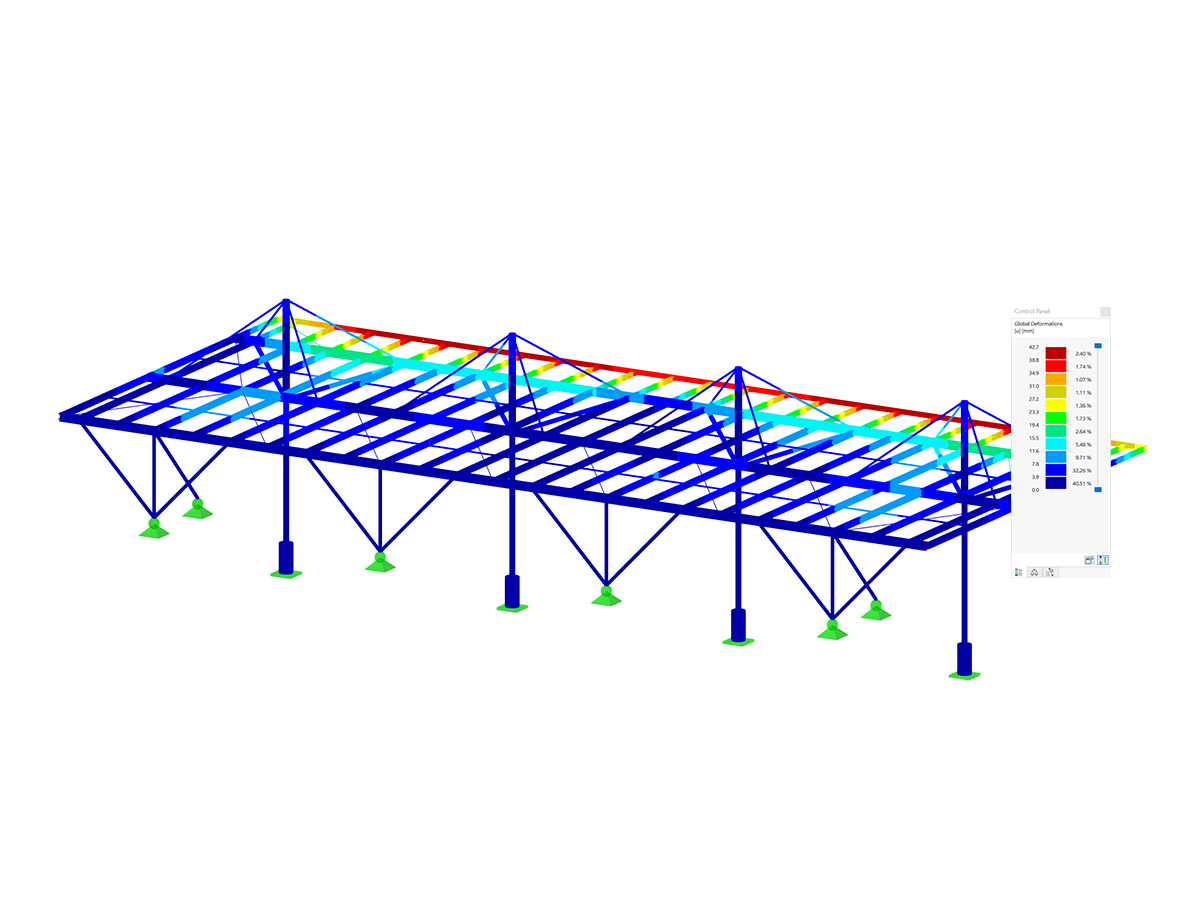
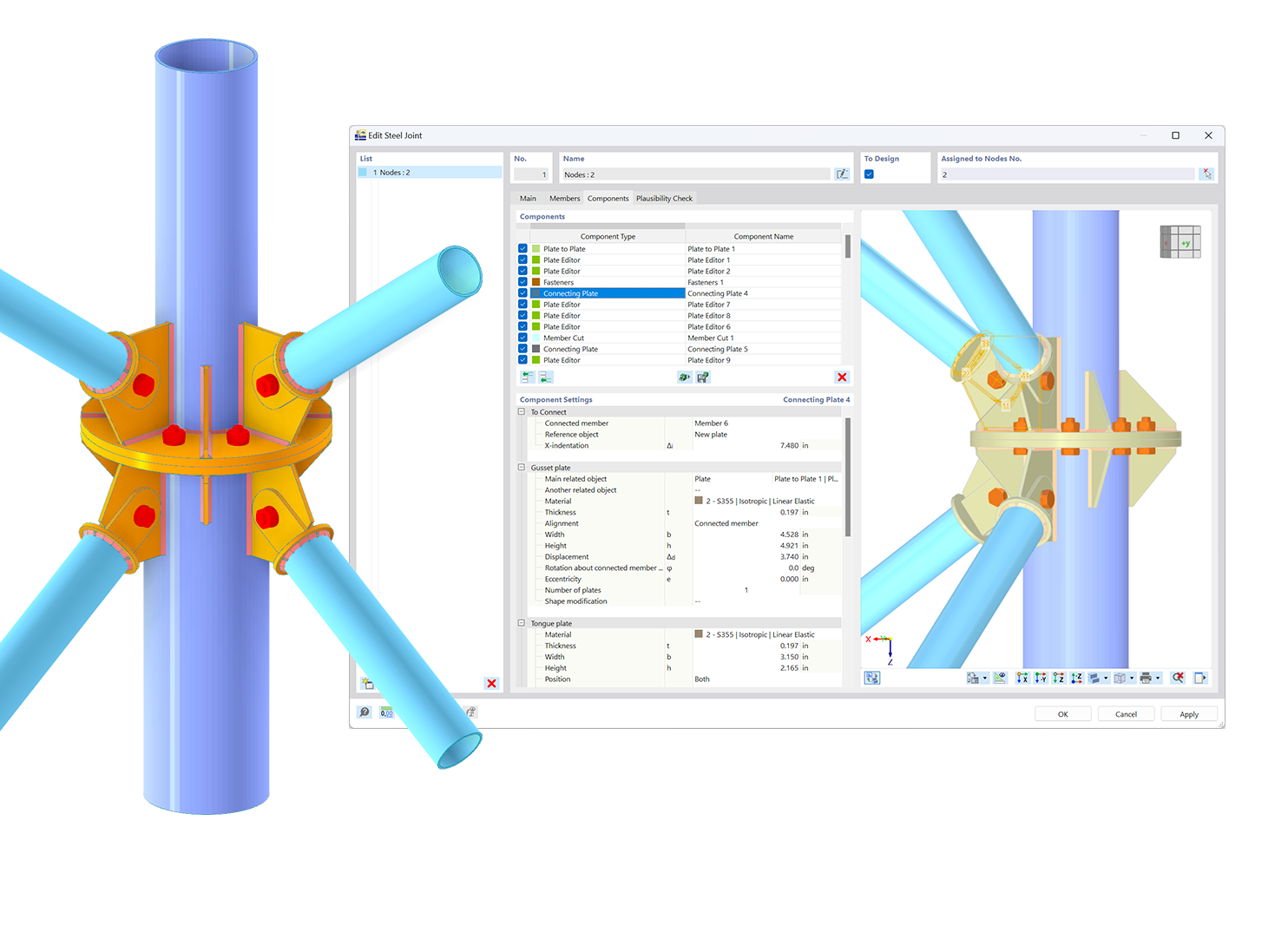.png?mw=600&hash=49b6a289915d28aa461360f7308b092631b1446e)
